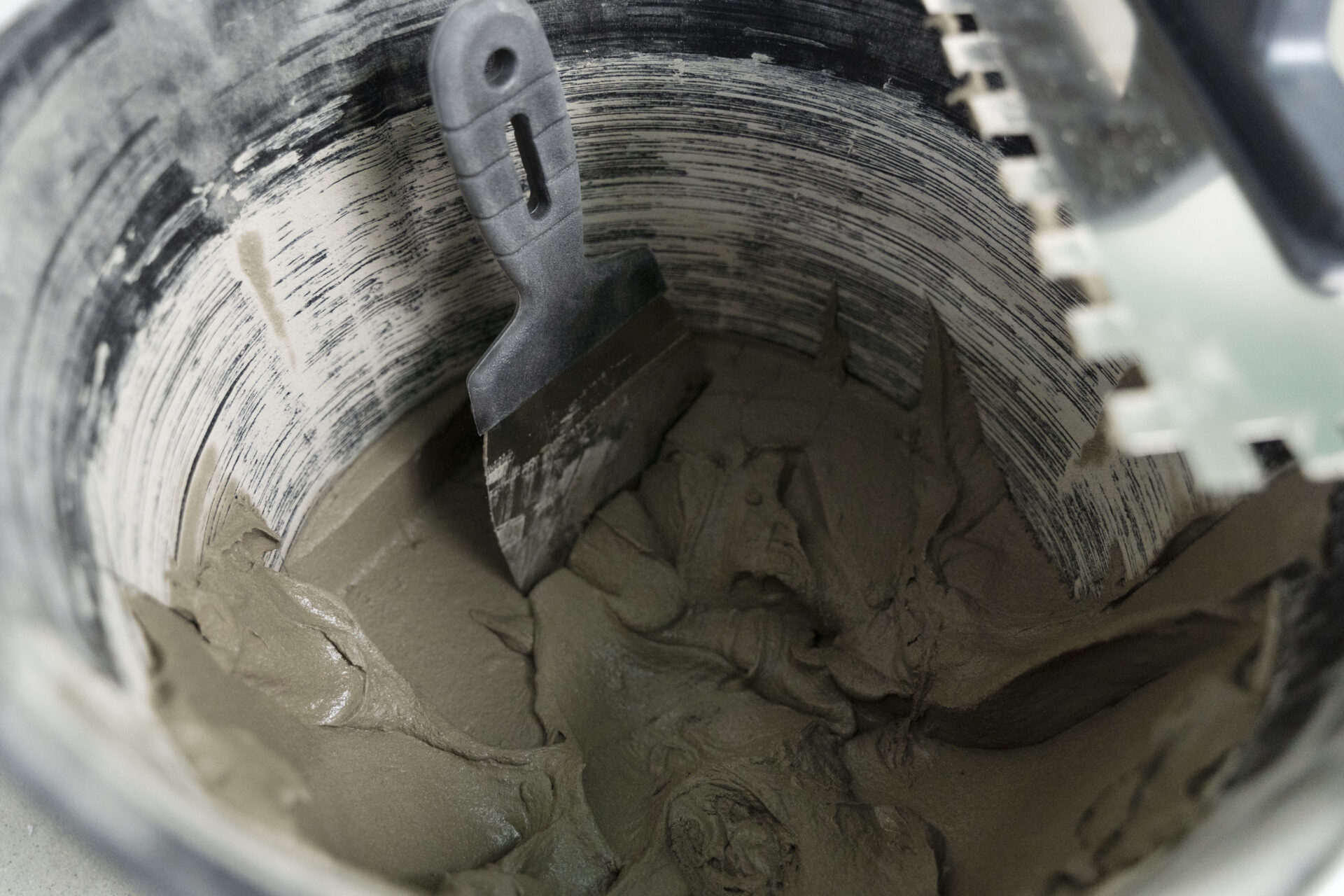Cement is one of the most vital components used in the construction of the structure. Using high-quality cement is essential for improving the quality of construction, durability, and reliability. Setting and hardening of cement are important to provide high strength and provide resistance to sulfate attacks. The intricate balance of mineral components in cement significantly influences its setting and hardening dynamics, with heightened C3A levels expediting the process. Furthermore, the incorporation of diverse materials not only enhances anti-erosion properties but also mitigates early strength and heat of hydration, emphasizing the nuanced interplay of factors in cement composition.
Top construction companies in Pune and India have been considering the following factors that affect the setting and hardening of the cement:
1. Cement composition
The mineral composition and its ratio have a major effect on the setting and hardening of the cement. Different mineral components react in different ways with water. If the amount of C3A is increased, then setting and hardening rate is accelerated. Moreover, if mixed materials are put into a cement linker, then anti-erosion properties will increase and early strength & heat of hydration will reduce.
2. The amount of gypsum mixed
Gypsum is one of the most vital components of cement and is used as a retarding agent to regulate the setting time of cement. If gypsum is not added, the C3A can dissolve in water immediately and generate a clotting agent which will make cement useless. When cement is hydrated, gypsum reacts with C3A to form a protection film on cement particles and restricts the hydration of C3A along with delaying the setting time. If too little gypsum is mixed, the retardation effect will not take place. If too much gypsum is added, it will speed up the setting. The content of gypsum to be added depends on the amount of C3A in cement. Moreover, it depends on the fineness in the cement and the content of SO3 in the linker. The amount of gypsum mixed should be around 3%–5% of the mass of cement.
3. Cement fineness
The size of cement particles has an enormous effect on hydration, strength, and setting & hardening. If cement particles are finer, the total surface area will be larger. Consequently, the area in contact with water will be bigger. So, hydration will be rapid, and setting & hardening will speed up. If the size of cement particles is too small, it will easily react with water. The carbon dioxide from the air will damage the cement. If cement is very fine, its shrinkage will be large in the process of hardening.
4. Curing conditions
The curing conditions are essential in the early stages of the development of strength in cement. Sufficient temperature and moisture will affect the setting and hardening of the cement. If moisture is very dry, the water from the cement evaporates and the hardening process ceases due to insufficient hydration. As the temperature rises during the curing process, the hydration of cement and the development of early strength accelerate. If the temperature falls below 0 °C, hydration of cement will cease and strength will not be developed. Moreover, the structure of cement will be destroyed. Steam curing and autoclave curing are used to accelerate the setting and hardening process.
5. Curing age
The setting and hardening of cement is a continuous process. As the hydrating degree of clinker minerals in cement particles increases, gels will escalate and capillary porosities will reduce. Consequently, the strength of cement rises as the curing age increases. The cement is developed quickly in 28 days and the development process is slowed after that.
6. Mixing of water content
If mixing water contents are increased, the number of capillary porosities will rise, the strength of the cement paste will reduce, and the setting time will increase. The water-cement ratio should be maintained even if the amount of water and cement in the mixture is changed.
7. Admixture impact
The setting and hardening of cement depend on C3S,C3A. Admixtures that affect the hydration of C3S,C3A can affect the setting and hardening of cement. If accelerator agents are used, hardening speed can be improved. On the other hand, if retarding agents are used, hardening of cement can be delayed.
8. Storage conditions
Unfavorable storage conditions expose cement to moisture. The setting and hardening will be decelerated with the presence of moisture. Avoiding exposure to moisture is important.

